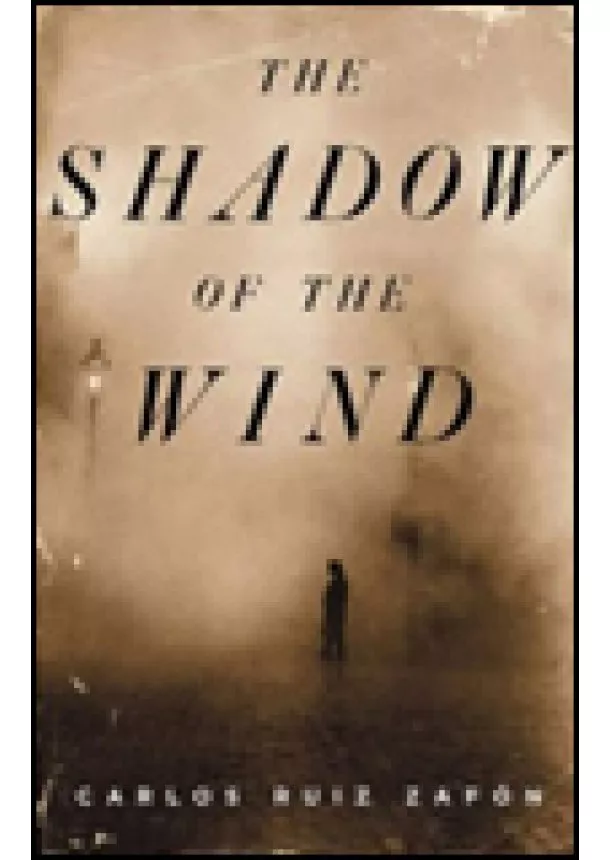Carlos Ruiz Zafon
Shadow of the Wind
Ruiz Zafón's novel, a bestseller in his native Spain, takes the satanic touches from Angel Heart and stirs them into a bookish intrigue à la Foucault's Pendulum. The time is the 1950s; the place, Barcelona. Daniel Sempere, the son of a widowed bookstore owner, is 10 when he discovers a novel, The Shadow of the Wind, by Julián Carax. The novel is rare, the author obscure, and rumors tell of a horribly disfigured man who has been burning every copy he can find of Carax's novels. The man calls himself Laín Coubert-the name of the devil in one of Carax's novels. As he grows up, Daniel's fascination with the mysterious Carax links him to a blind femme fatale with a "porcelain gaze," Clara Barceló; another fan, a leftist jack-of-all-trades, Fermín Romero de Torres; his best friend's sister, the delectable Beatriz Aguilar; and, as he begins investigating the life and death of Carax, a cast of characters with secrets to hide. Officially, Carax's dead body was dumped in an alley in 1936. But discrepancies in this story surface. Meanwhile, Daniel and Fermín are being harried by a sadistic policeman, Carax's childhood friend. As Daniel's quest continues, frightening parallels between his own life and Carax's begin to emerge. Ruiz Zafón strives for a literary tone, and no scene goes by without its complement of florid, cute and inexact similes and metaphors (snow is "God's dandruff"; servants obey orders with "the efficiency and submissiveness of a body of well-trained insects"). Yet the colorful cast of characters, the gothic turns and the straining for effect only give the book the feel of para-literature or the Hollywood version of a great 19th-century novel.
Ruiz Zafón's novel, a bestseller in his native Spain, takes the satanic touches from Angel Heart and stirs them into a bookish intrigue à la Foucault's Pendulum. The time is the 1950s; the place, Barcelona. Daniel Sempere, the son of a widowed bookstore owner, is 10 when he discovers a novel, The Shadow of the Wind, by Julián Carax. The novel is rare, the author obscure, and rumors tell of a horribly disfigured man who has been burning every copy he can find of Carax's novels. The man calls himself Laín Coubert-the name of the devil in one of Carax's novels. As he grows up, Daniel's fascination with the mysterious Carax links him to a blind femme fatale with a "porcelain gaze," Clara Barceló; another fan, a leftist jack-of-all-trades, Fermín Romero de Torres; his best friend's sister, the delectable Beatriz Aguilar; and, as he begins investigating the life and death of Carax, a cast of characters with secrets to hide. Officially, Carax's dead body was dumped in an alley in 1936. But discrepancies in this story surface. Meanwhile, Daniel and Fermín are being harried by a sadistic policeman, Carax's childhood friend. As Daniel's quest continues, frightening parallels between his own life and Carax's begin to emerge. Ruiz Zafón strives for a literary tone, and no scene goes by without its complement of florid, cute and inexact similes and metaphors (snow is "God's dandruff"; servants obey orders with "the efficiency and submissiveness of a body of well-trained insects"). Yet the colorful cast of characters, the gothic turns and the straining for effect only give the book the feel of para-literature or the Hollywood version of a great 19th-century novel.
| Nyelv | angol |
| Kiadó | Orion Books |
| Oldalak száma | 512 |
| Kötés típusa | mäkká |
| EAN | 9780753820254 |
| Szállítási idő | Nem elérhető |
















